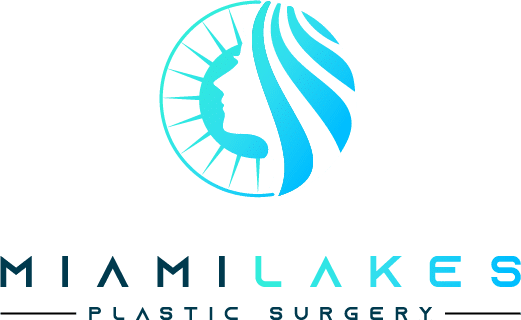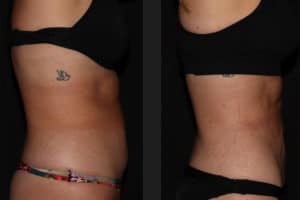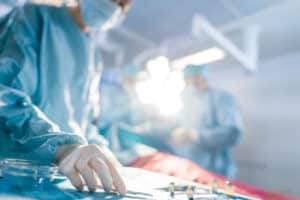High, prominent cheekbones are among the facial features most frequently associated with beauty. Today, this underlying facial structure can be enhanced with implants.
Whether you want heightened and well-formed cheekbones like the ones you had when you were young, or you have never had well-defined cheekbones, implants can produce a dramatic change. For many people, malar augmentation (cheek augmentation) can provide new facial contours and dimensions to bring facial features into better balance.
Is this procedure right for you?
If your face has thinned as you age or you feel your cheeks could be more prominent, malar augmentation may be appropriate for you. For those with hollow or receding facial contours beside the nose, causing the upper lip and cheeks to appear flat, you may want to have pyriform augmentation (paranasal augmentation) to slow the effects of aging.
What do malar and midface augmentation entail?
Malar augmentation is done by inserting implants or fat from the patient’s own body into the cheeks through incisions at the top of the upper lip near the gums. In pyriform augmentation, the surgeon will make small incisions in the gums and place implants around the nose through them. Sometimes titanium screws are used to secure the implants in place.
Is it possible to have another procedure done at the same time?
Malar and midface augmentation can be accompanied by blepharoplasty, browlift, or chin augmentation.
Will I have any scarring?
Because the incisions are made inside the mouth, these procedures generally do not result in visible scarring.
What risks are involved?
Surgery has inherent risks of complications including bleeding, infection, and adverse reactions to anesthesia. Following your doctor’s instructions will decrease the risk of complications.
What will I need to do before surgery?
Think about your goals and expectations before the first meeting with your surgeon. Together you will discuss and decide on the modifications you wish to make to the shape of your face.
If you smoke, you will need to stop smoking far ahead of the procedure; smoking increases the risk of complications and poor healing, as it adversely affects blood circulation in the skin.
Where will the surgery take place?
We can perform this procedure in our office or an outpatient surgery center or hospital. It is typically an outpatient procedure.
What should I expect from the post-surgery recovery period?
There is seldom any significant discomfort following this procedure. Pain medication prescribed by your surgeon will lessen any that occurs.
Post-surgery instructions will include keeping your head elevated and still to the extent possible to minimize swelling. While you will be able to resume many activities of home life after a day or two, you should not engage in strenuous activity for at least two weeks after surgery.





